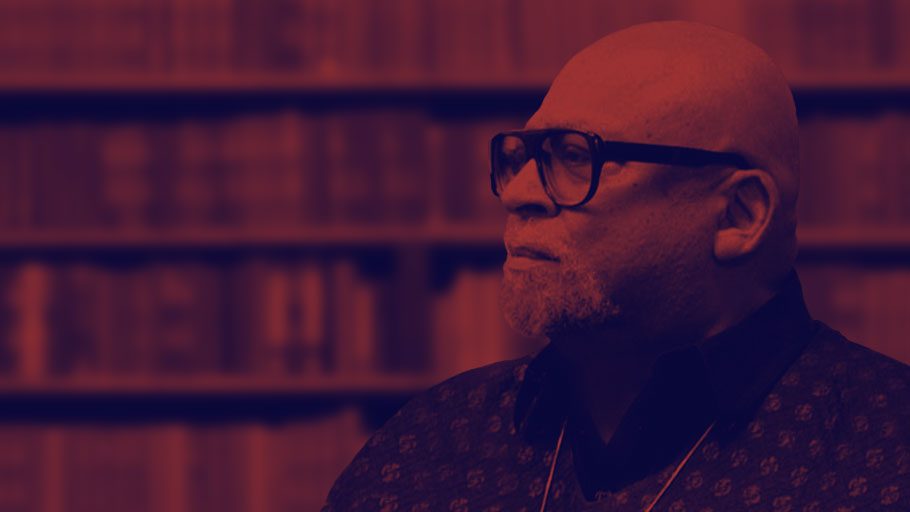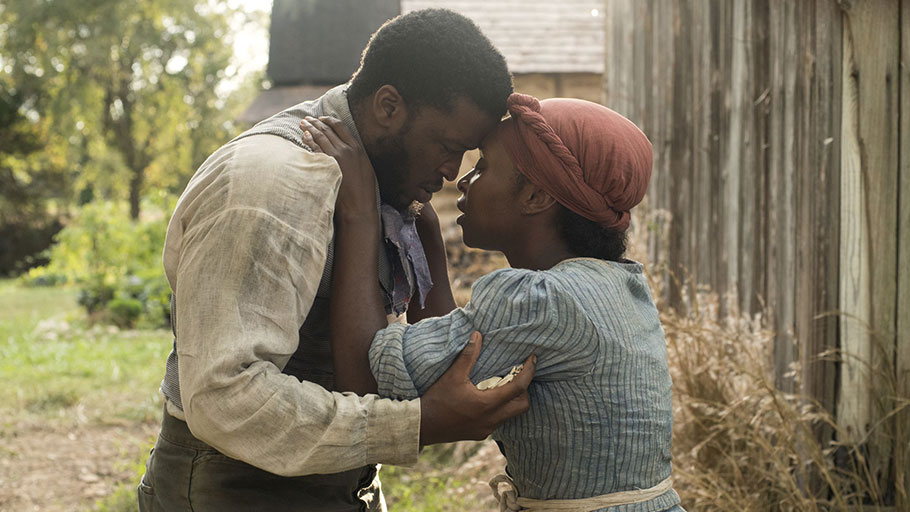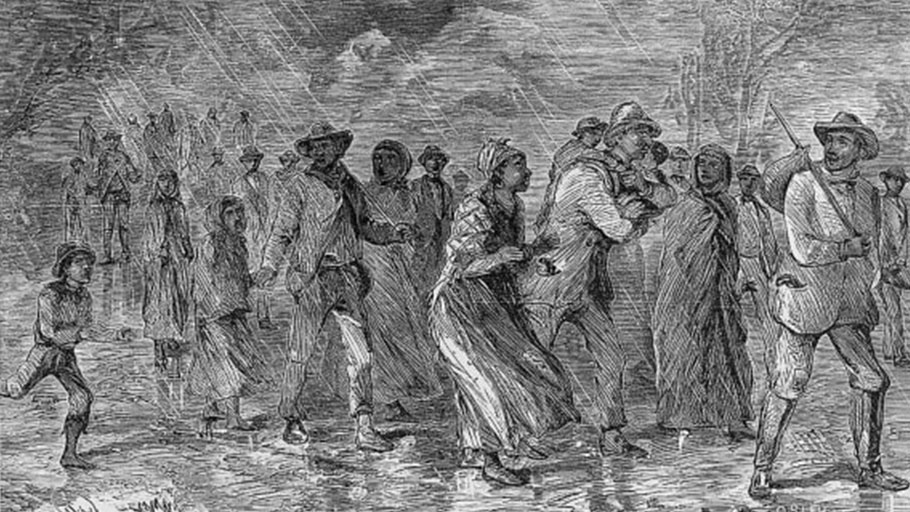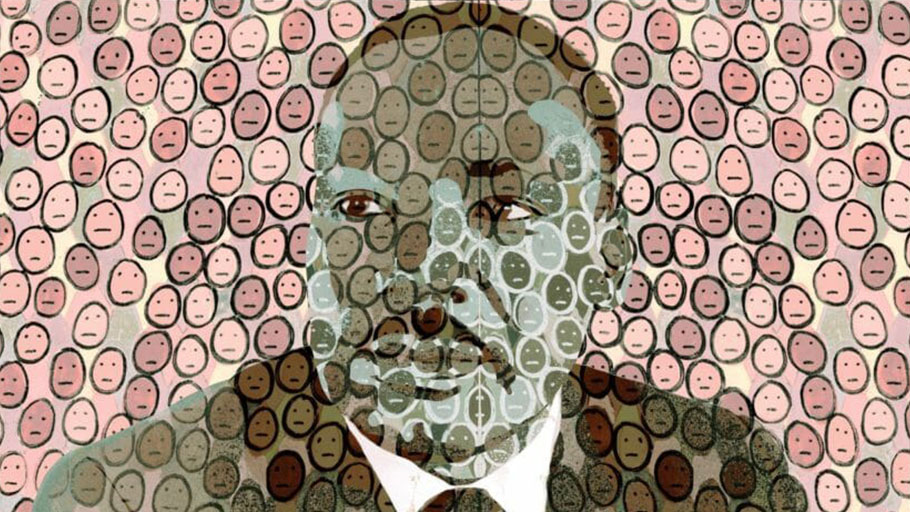
By Dr. Maulana Karenga — This is a reminder, prelude and promise of a coming review on the movie “Harriet”. This is in joyful and grateful homage to our illustrious…

By Dr. Maulana Karenga — This is a reminder, prelude and promise of a coming review on the movie “Harriet”. This is in joyful and grateful homage to our illustrious…

By Richard Brody, The New Yorker — A common failure of movies, especially historical ones, is that they don’t open their drama to intellectual context or to the inner lives…

“The Water Dancer” comes out of a powerful examination of the legacies of slavery today. By Eric Herschthal, The New Republic — Eight years ago, Ta-Nehisi Coates wrote an essay in The…

Part. 1. By Dr. Maulana Karenga — During both the Holocaust of enslavement and the era of segregation, leaving the plantation was a metaphor, mental process and actual practice of freedom. It…

Part. 2. By Dr. Maulana Karenga — The insistence on calling our righteous and relentless struggle by its rightful name, The Black Freedom Movement, instead of the Civil Rights Movement,…

By WP BrandStudio, The Washington Post — Within just four years, Frederick Douglass and Harriet Tubman, two of America’s most influential and notable abolitionists, were born in close proximity on the Eastern Shore of Maryland. Douglass was born in 1818 in Talbot County; four years later, Tubman was born just a few miles south, in Dorchester County. When it came to their approaches to abolitionism, the difference between them was “marked,”…

By Chris Hedges — No leader, no matter how talented and visionary, effectively defies power without a disciplined organizational foundation. The civil rights movement was no more embodied in Dr. Martin Luther King Jr. than the socialist movement was embodied in Eugene V. Debs. As the civil rights leader Ella Baker understood, the civil rights movement made King; King did not make the civil rights movement. We must focus on building new,…

Harriet’s Great Escape: Through rain, sleet, and snow, they continue to walk, with a massive storm brewing on the east coast. The women of GirlTrek are traversing 100 miles of…